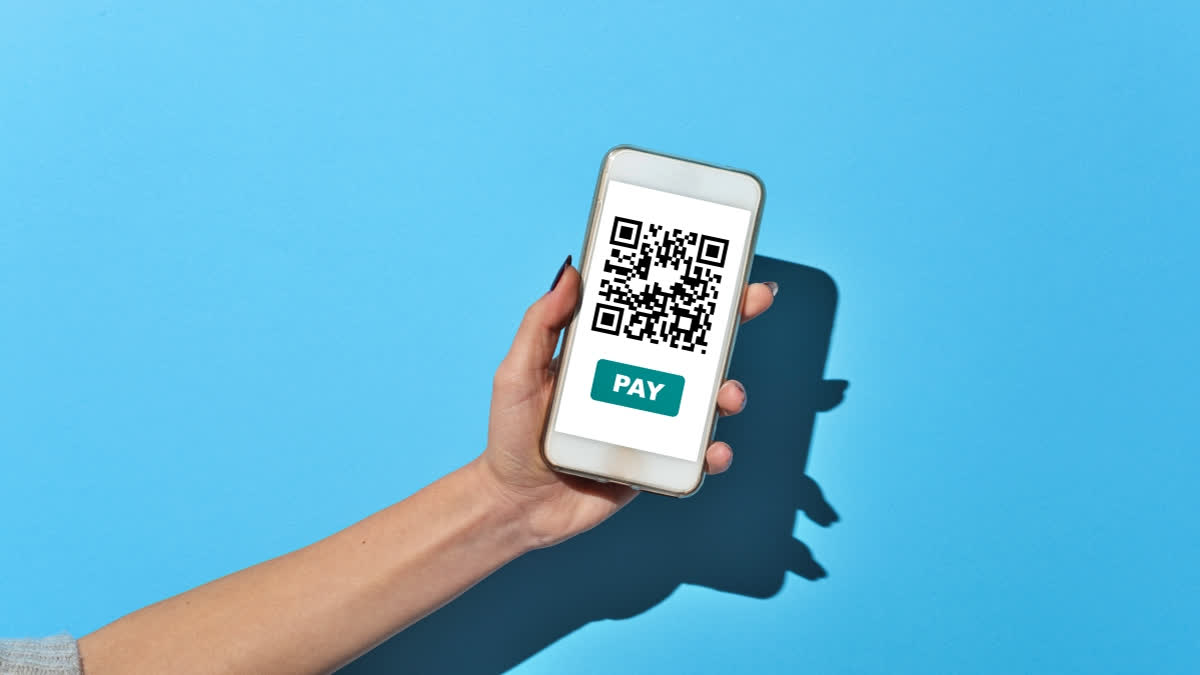Hyderabad: The fastest-growing payment mode in India, the Unified Payments Interface (UPI), is set to go under a plethora of updates and changes in the year 2024. The number of digital transactions in India has increased exponentially since its launch.
To enhance the UPI payments, the Reserve Bank of India (RBI) has announced some measures and changes that will be applicable from January 1, 2024. Several key changes and regulations have been enacted for UPI transactions starting today.
- 'UPI for the Secondary Market'
The National Payments Corporation of India (NPCI) launched the 'UPI for Secondary Market' which is set to commence in its Beta phase for the equity cash segment, with the collaborative support of key stakeholders including clearing corporations, stock exchanges, depositories, stockbrokers, banks, and UPI app providers.
- 'Deactivation of Inactive UPIs'
The NPCI has ordered payment apps like Paytm, PhonePe, Google Pay, and banks to disable UPI IDs and numbers that have been inactive for over a year. UPI IDs and linked mobile numbers that haven’t been used for transactions for over a year will be deactivated. The corporation, in a statement, said that this move aims to curb dormant accounts and potential misuse.
- 'UPI ATM'
RBI is all set to unveil UPI ATMs all over the country. The UPI ATMs will allow the user to scan a QR code to withdraw cash directly from their bank account.
- 'Daily Payment Limit'
According to the new set of rules set by the NPCI, the daily payment limit for UPI transactions will now be ₹ 1 lakh maximum. Notably, RBI has increased the transaction limit for UPI payments to hospitals and educational institutions to ₹ 5 lakh on December 8, 2023, to broaden the use of UPI payments.
- 'Interchange Fee'
For merchant UPI transactions exceeding Rs 2,000 and conducted through prepaid payment instruments (PPI) such as online wallets, an interchange fee of 1.1 percent will be applied.
- 'Time Limit'
It is expected that there will be a four-hour time limit for the first payment exceeding Rs 2,000 between users who haven’t transacted before to reduce the growing cases of online payment fraud.
Read More



